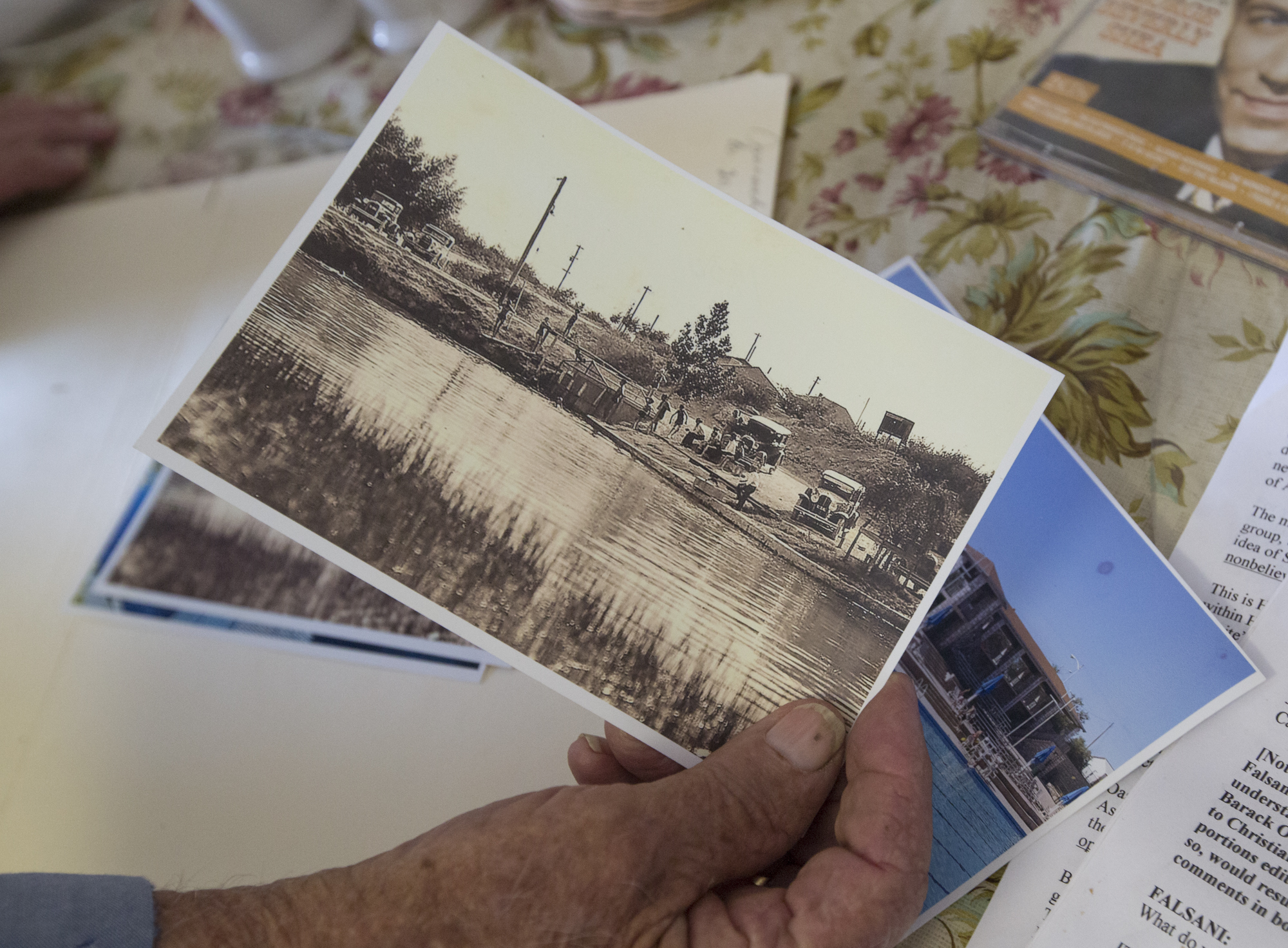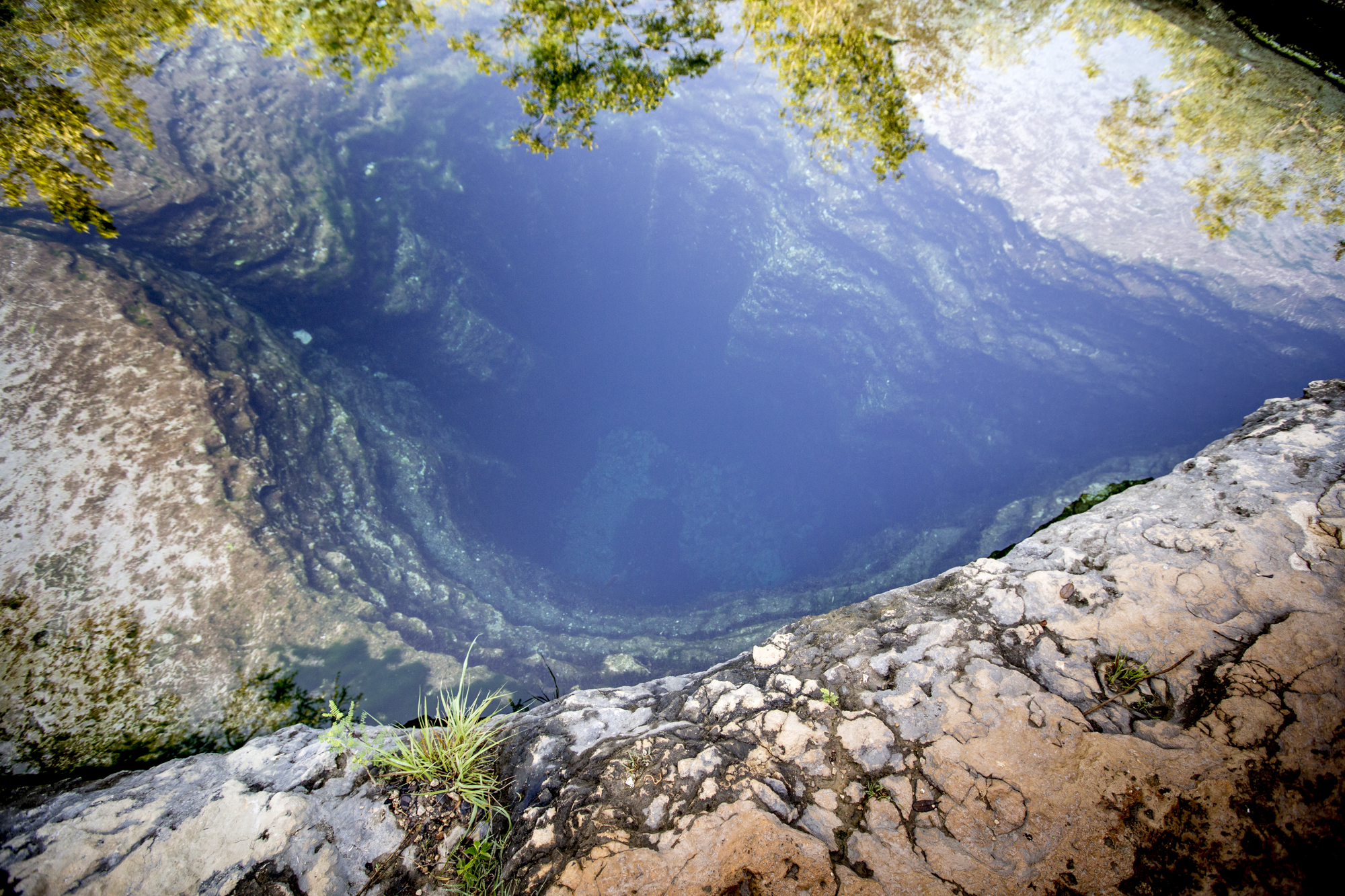I grew up in the DFW Metroplex where swimming meant backyard pools and the Lazy River at the Wet n Wild. Now I’m living in Austin where I get to teach my daughter, Eddy, how to swim in the cool springs of the Edwards Aquifer, the inspiration for her name.
Yes, I’m serious about water. In addition to bringing us joy, we can’t live without it. Neither can the Texas economy.
I’ve been working on water issues for most of my career, mostly in Texas, which has especially big water challenges given the state’s booming growth and our drought- and flood-prone conditions.
And the challenges are getting bigger. We’ve got 1,000 people moving into the state every day. Meanwhile, it’s getting hotter and drier, which means lower flows in many of our rivers. Groundwater resources are also declining due to population growth and rising water demand.
To put it simply, water supply solutions that worked in the past are, well, drying up. Rivers, reservoirs and groundwater resources may not be enough to meet everyone’s needs in the future. Downstream water users such as agricultural producers, rural communities and the environment are especially vulnerable to water shortages during dry periods.
To avoid such scenarios, we need to invest in realistic, long-lasting water solutions that will increase local water supplies all across the state. We also need new models to enable these solutions.
Which led me to launch Texas Water Trade in 2019, a nonprofit group that aims to leverage the power of markets and technological innovation to build a future of clean, abundant water for all Texans.
After moving back to Texas in 2012, I made it a mission to visit as many of the state’s natural springs as I could – both the living and the dead – from the Panhandle to the border. I also led the Texas Environmental Flows Initiative, a pilot to secure freshwater for our state’s bays and estuaries through voluntary market transactions with water rights holders. I also chaired the City of Austin’s Water Resource Planning Community Task Force, which developed a 100-year water plan – approved by the City Council in 2018 –for a city predicted to quadruple in population over the next century.
What we learned from these experiences – and which led us to launch Texas Water Trade – is that we need to start from the assumption that we are planning for water abundance, not just water sufficiency. That is true whether you are planning for the water that will come out of someone’s tap or water that will be flowing down a river in the year 2119. We also need to redefine how we think about where water is sourced and how we deploy tools to make water abundance a reality.
At Texas Water Trade, we are unleashing market solutions and innovative technologies to incentivize using all sources of water, including rainwater, wastewater and groundwater, in ways that create net increases in local water supplies. In doing so, we can grow the economy while keeping more water in our rivers, bays and estuaries. That means having enough water to swim and fish in our favorite watering holes and enough water to support the industrial, farming and urban demands of the 10th largest economy in the world.
Innovative water technologies, such as capture and reuse of wastewater, stormwater and rainwater, hold great promise to help businesses and municipalities meet their water needs in cost-effective ways. We are eager to work with companies, in tandem with local communities, to develop market-based solutions to achieve these goals.
A growing number of communities are already taking advantage of these innovative water solutions. El Paso and San Antonio are among a growing number of cities that are storing surplus water in aquifers during the rainy season so it can be reused during drier periods – a process known as managed aquifer recharge. Austin’s 100-year water plan estimates that a third of future additional supplies can be sourced within the city itself from buildings that capture and reuse their own water. The City of Wimberley recently built a new “One Water” school that is sourcing most of its water from rainwater and onsite wastewater treatment, thus reducing groundwater needs by 90 percent.
Alongside these innovative water solutions, we also have the potential for markets to enable the vitality of all segments of our economy and culture—whether that is producing energy, growing crops or landing a Guadalupe bass. Markets have been used to restore thousands of miles of streams in other western states. Here at home, we have only just scratched the surface of what they can do to create water resilience—and without falling into the old trap of thinking we have to choose between cities and farms or farmers and fish.
At Texas Water Trade, we believe that there is enough water for rural and urban Texas, people and the environment, present and future—if we acknowledge the limits of the resource and design markets that recognize the value of all uses of water.
We intend to build marketplaces that will enable water utilities, businesses, landowners and other water rights holders to pursue lasting water resiliency. In addition to ensuring abundant, clean water flows for all Texans, we’ll also be creating financial value for water rights holders and other stakeholders across the state.
No doubt: our ambitions are big, but they are sized to match the scale of our water challenges and the changes we need to embrace to keep the Texas economy growing. We intend to catalyze these changes and hope you will join us. To learn more, sign up for our quarterly newsletter. Or check out our recent op-ed about the enormous promise of water reuse in Texas and a path for scaling up these efforts.
- Sharlene Leurig


